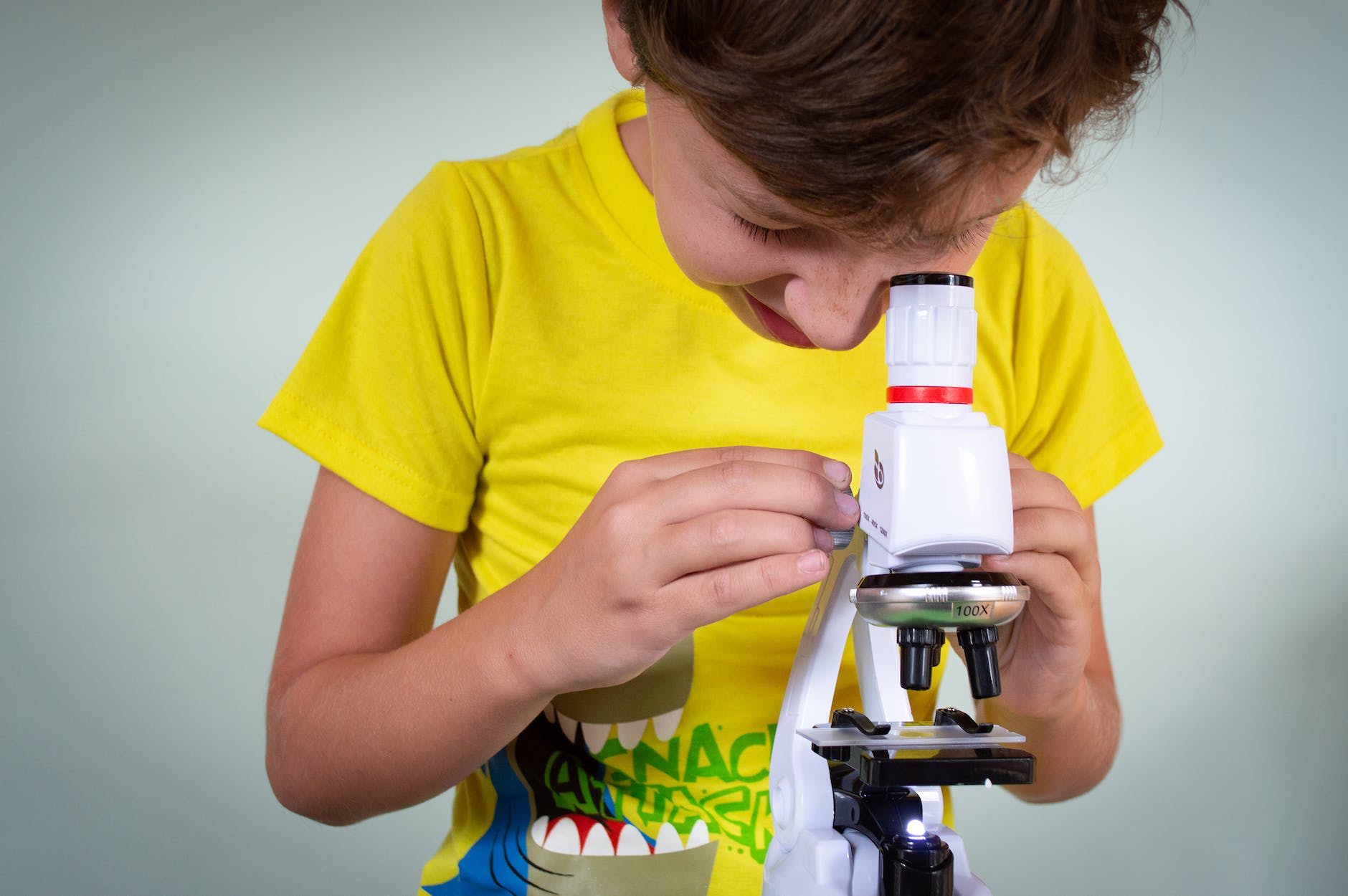In the realm of science education, the exploration of microscopic structures opens a gateway to understanding the intricate workings of the human body. Grade 3 represents a pivotal stage in a child’s academic journey, offering an opportune moment to introduce young learners to the captivating world of histology—the study of tissues and cells. Incorporating medical literacy instruction on histology in Grade 3 not only ignites curiosity but also lays the foundation for a deeper understanding of human anatomy and physiology. This article delves into the compelling reasons why Grade 3 is an ideal starting point for histology instruction with a resource like A-to-Z Medical Literacy: Histology Lessons and elucidates the benefits it offers to young learners.

Developmental Readiness:
Grade 3 signifies a developmental stage where children demonstrate heightened cognitive abilities, improved fine motor skills, and an increased capacity for abstract thinking. At this age, children are naturally curious and eager to explore the wonders of the natural world. Introducing histology instruction in Grade 3 aligns with children’s developmental readiness to engage with more complex scientific concepts and techniques. With appropriate guidance and support, children in Grade 3 can begin to comprehend the microscopic structures that underpin the functioning of the human body.
Introduction to Microscopy:
Children are typically able to use a microscope around the age of 8 to 10 years old, making Grade 3 an appropriate time to introduce microscopy as part of histology instruction. By Grade 3, many children have developed the necessary hand-eye coordination and spatial awareness to operate a microscope effectively. Introducing microscopy in Grade 3 allows children to explore the microscopic world, observe cellular structures, and develop foundational skills in scientific observation and analysis. Through hands-on microscopy activities, children in Grade 3 gain practical experience with scientific instruments and learn to appreciate the power of magnification in scientific inquiry.
Cultivating Scientific Curiosity:
Histology instruction in Grade 3 cultivates scientific curiosity and instills a sense of wonder about the natural world. Through interactive lessons, laboratory investigations, and multimedia resources, educators engage children in the study of tissue types, cellular structures, and their functions. By encouraging children to ask questions, make observations, and draw conclusions based on evidence, educators foster a culture of scientific inquiry and critical thinking in Grade 3 classrooms. Histology instruction empowers children to explore the microscopic world and develop a deeper appreciation for the complexity and diversity of living organisms.
Enhancing Understanding of Human Anatomy:
Introducing histology instruction in Grade 3 enhances children’s understanding of human anatomy and physiology. By studying tissue samples under the microscope, children gain insights into the organization, structure, and function of cells and tissues in the human body. Histology instruction allows children to make connections between microscopic structures and macroscopic anatomy, deepening their understanding of how the body functions at the cellular level. Through hands-on histological investigations, children in Grade 3 develop a holistic understanding of human anatomy and its significance for health and well-being.
Fostering Lifelong Learning:
Histology instruction in Grade 3 lays the groundwork for fostering a lifelong interest in science and scientific inquiry. By engaging children in hands-on activities, laboratory investigations, and collaborative projects, educators spark curiosity and inspire a passion for scientific exploration. Histology instruction encourages children to ask questions, seek answers, and embrace the process of discovery. By instilling a love for learning and a sense of wonder about the natural world, histology instruction in Grade 3 sets the stage for a lifetime of scientific inquiry and discovery.
Start Instruction for Medical Literacy on Histology in Grade 3
In conclusion, introducing histology instruction in Grade 3 offers numerous benefits for young learners, including the cultivation of scientific curiosity, enhancement of understanding of human anatomy, and fostering a lifelong love of learning. Grade 3 serves as an ideal starting point for histology instruction with an activity book like A-to-Z Medical Literacy: Histology Lessons, providing children with the tools and opportunities to explore the microscopic world and develop a deeper appreciation for the wonders of science. Through engaging and interactive histology instruction, educators inspire children to become curious, critical thinkers who are eager to explore the mysteries of the natural world.
===
Interested in teaching medical literacy pain free? Shop medical literacy resources!

This article was drafted by ChatGPT and edited by Joan Lee Tu, the founder of MedULingo.com.
You may also be interested in the following:
A-to-Z Medical Literacy: Histology Lessons
Clinical Reasoning in Grade Three with A to Z Medical History and Histology Lessons

